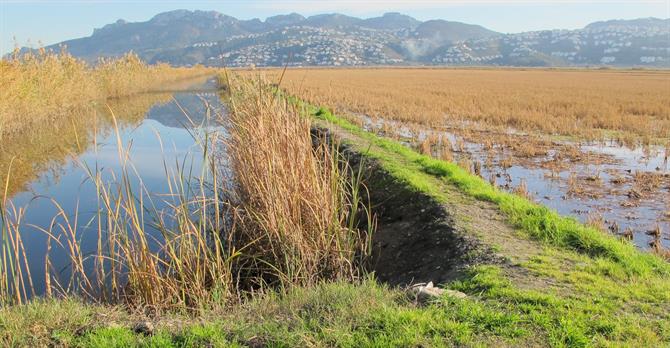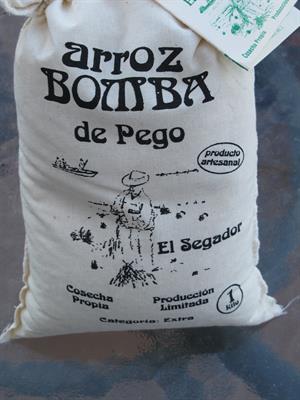An incomparable natural wealth, a unique variety of rice, a privileged environment … Does that sound (and smell) familiar to you? We are talking about the Marjal de Pego-Oliva, the sweet rice plain of the Marina Alta.

1970s: Decline and Disney
La Marjal was enjoying one of its best times when the Generalitat declared the area a Natural Park in 1994 and the Marjal was booming and recovering. But these were complicated years, as the agricultural engineer, Vicent Dominguis, tells us, “in the 70s the Marjal was abandoned and that did a lot of damage because it had been more than 20 years without any cultivation.”
So why was it abandoned? “The time of the ‘boom’ in construction and in the tourism sector came where much more money was earned than growing rice.” In those years of decline, back in 1985, the Marjal de Pego-Oliva was about to disappear permanently.
Then, more than 25 years ago, Walt Disney Productions technicians Billy Gair and Wing Chao knocked on the door “
Pego was one of the Mediterranean areas that the Walt Disney production company was considering to create its new amusement park. In fact, for the managers, this municipality of the Marina Alta was the preferred area in Spain because it shared many similarities with the other locations where there were Disney theme parks.
At that time, it had not yet been declared a Natural Park. That decision could have had a huge impact on the environment and on the richness of vegetation and animals in the area, in fact today it is part of the route of a large part of the birds that go from Western Europe to Africa.
On December 18, 1985, Disneyland announced in a statement that the Marne la Vallée region, 35 km. from Paris, had been the chosen location for Eurodisney that was going to generate 6,000 permanent jobs. Ten years later the Marjal was totally protected from any real estate speculation.

Chocolate rice: a variety born in Pego
The world-renowned Valencian Bomba rice will sound familiar to most, but what is the Bombón Rice? This historical variety of Pego, was born here and after more than 50 years without being cultivated, it has returned – sure to stay – in the Marjal.Vicent and Paula Dominguis, managers of Pego Natura
“El Bombón was born in Pego and had its fame in the 30s and 40s. At that time Pego had a good rice industry but the crop went into decline in the 70s and being the only place where it was grown, it was lost”.
This variety of rice is the pride of the ‘ pegolins ‘. “It is an interesting variety because it has a lot of quality, it differentiates us from other areas, the great chefs like it a lot and, furthermore, as it is native, it adapts very well to the terrain.
Rice and saffron were among the fine ingredients introduced to Spain by the Moors, who ruled many parts of Spain until the 15th century.
Until the Moors planted rice in the wetlands, like Pego, in the 8th century, it was considered difficult to grow and only eaten by well-to-do families. The Moors’ irrigation and farming methods are still very much in evidence today, when you see the terraced vineyards and rice fields, for example. By the 15th century, rice became a staple part of the diet, particularly paella.

